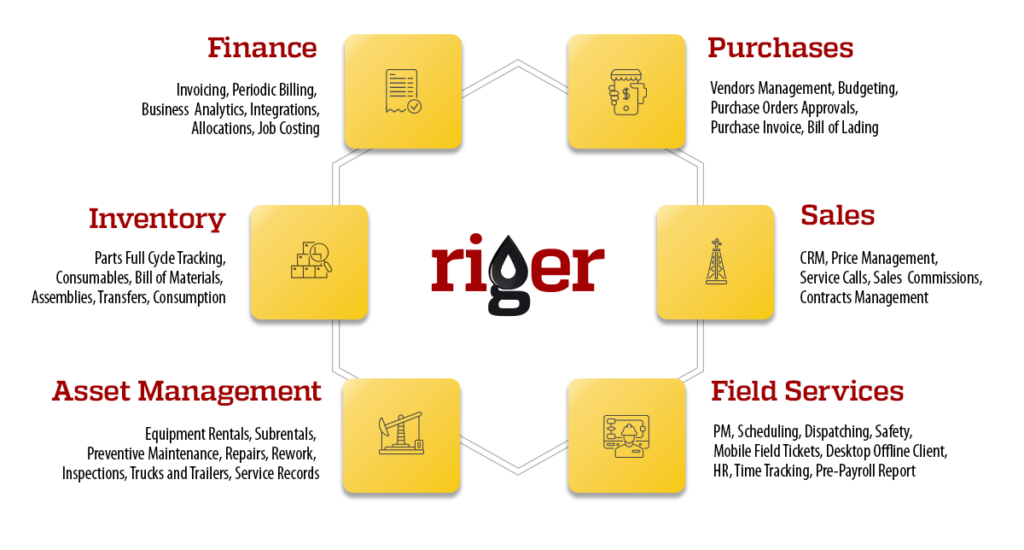In the dynamic and demanding oil and gas industry, efficiency and adaptability are key to maintaining a competitive edge. Many companies still rely on legacy software systems, which, while once reliable, can now impede growth and operational efficiency. Transitioning to modern software solutions can revolutionize your business operations.
Here’s a look at the disadvantages of sticking with legacy systems, the challenges of making the switch, how to know when you’re ready, and the benefits of modernizing your software.
Disadvantages of Sticking with Legacy Software
Operational Inefficiencies
Legacy software often struggles to meet the complex and evolving demands of oil and gas operations. This can result in slower processes, increased manual labor, and reduced overall productivity, which are particularly detrimental in a high-stakes industry.
High Maintenance and Support
Costs As these systems age, they require more frequent and costly maintenance. Finding experts who can support outdated technology becomes increasingly difficult and expensive, diverting resources from more strategic initiatives.
Security Risks
Older software is typically more vulnerable to cyber threats. Without regular updates and patches, legacy systems can become easy targets for breaches, risking the safety of critical operational and financial data.
Lack of Integration and Scalability
Legacy systems often lack the ability to integrate with modern technologies, leading to data silos and hampering effective communication across departments. Additionally, these systems may not scale well with business growth, limiting expansion and adaptability.
Challenges of Transitioning to Modern Software
Data Migration
Transferring data from an old system to a new one is complex and requires meticulous planning to ensure data accuracy and integrity. This is critical in the oil and gas sector, where precise data management is crucial for operations.
Change Management
Employees accustomed to legacy systems may resist the transition. Comprehensive training and support are essential to ensure smooth adoption and to help staff adapt to the new software with confidence.
Temporary Disruptions
Switching to a new system can cause short-term disruptions in daily operations. However, with a well-thought-out implementation plan, these disruptions can be minimized, ensuring business continuity.
Upfront Costs
While there are initial costs associated with implementing new software, these investments are often offset by the long-term benefits and cost savings that modern solutions provide.
Signs Your Company is Ready for Modern Software
Frequent System Downtime
If your current software experiences frequent downtimes or requires constant troubleshooting, it’s a clear indicator that it’s time to upgrade to a more reliable solution.
Inability to Meet Business Needs
When your existing system can no longer support your complex operational processes or growth strategies, it’s time to consider more capable solutions that can keep pace with industry demands.
Security Concerns
Increasing concerns about data security and compliance should prompt a move to modern, secure systems that can protect sensitive information and ensure regulatory adherence.
Rising Operational Costs
If the cost of maintaining your legacy software is escalating, investing in a modern solution can provide better value and significant cost savings in the long run.
